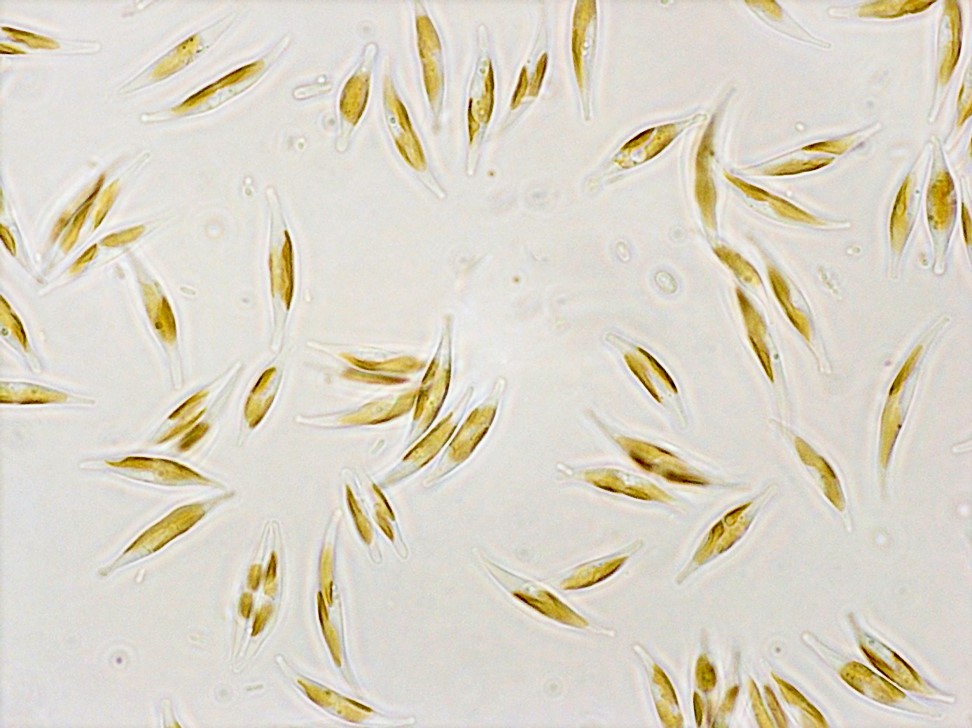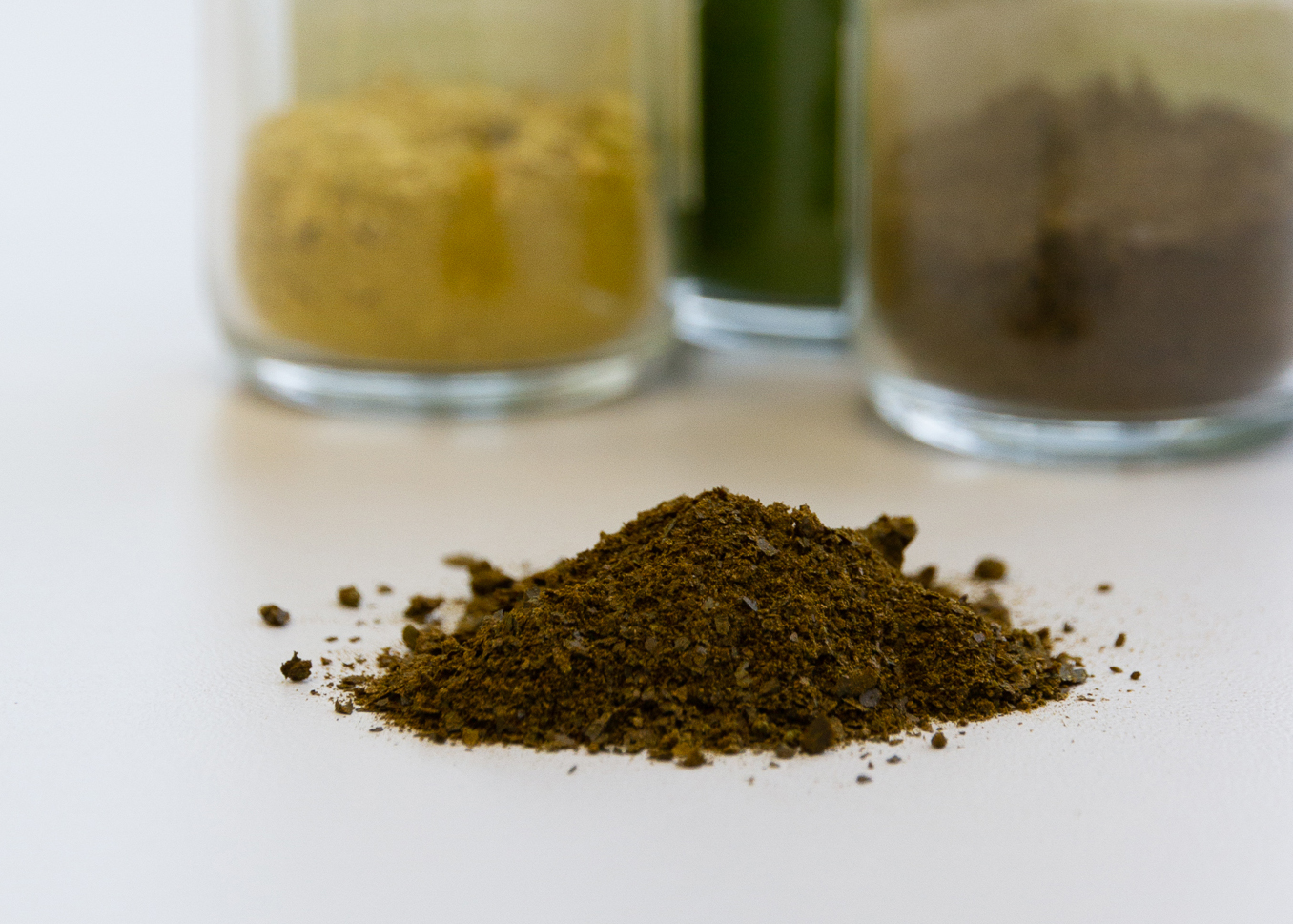Chrysolaminarin, soluble β-glucan from microalgae
Diatoms which belong to the microalgae, produce chrysolaminarin, a soluble β-1,3-1,6-glucan as an energy and carbon storage ingredient. Due to its immunomodulatory properties, the polysaccharide is suitable for application in human or animal nutrition. Plants also react to contact by activating their defense mechanisms. Therefore, the polysaccharide also has a possible application as a plant strengthening agent in agriculture.
 Fraunhofer Institute for Interfacial Engineering and Biotechnology IGB
Fraunhofer Institute for Interfacial Engineering and Biotechnology IGB
